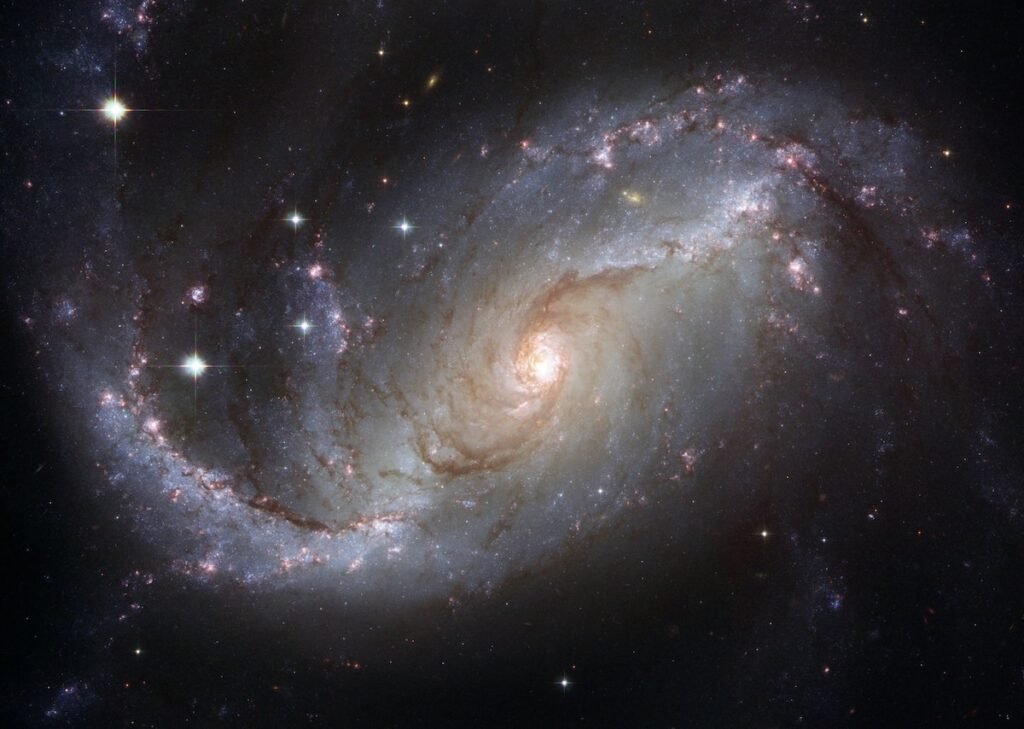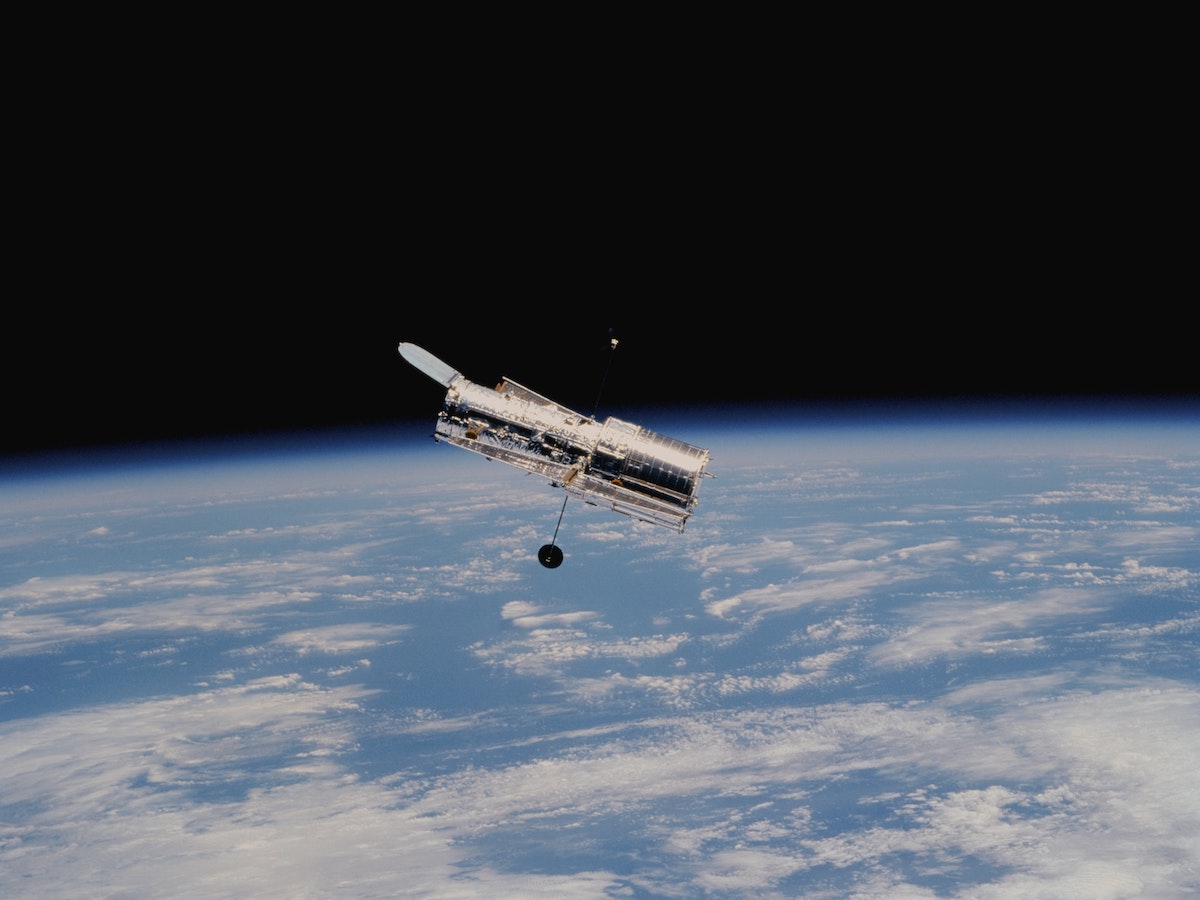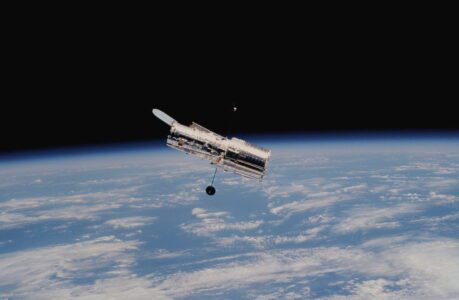The Hubble Space Telescope, named after astronomer Edwin Hubble, has been orbiting Earth for over 30 years, capturing stunning images and revolutionary scientific data. Launched on April 24, 1990, the Hubble has been a cornerstone of astronomical discovery, changing our understanding of the universe and its evolution.
One of the most important achievements of the Hubble has been to provide evidence for the Big Bang Theory, the prevailing explanation for the origin of the universe. The Hubble has measured the age of the universe at around 13.8 billion years, by observing the oldest known stars and galaxies. It has also confirmed the existence of black holes and provided evidence for dark matter, the mysterious substance that makes up most of the universe.

One of the most impressive features of the Hubble is its ability to capture images of far-off galaxies, nebulae, and stars, providing a window into the vastness of the universe. Its powerful cameras and advanced instruments allow it to capture images with unprecedented detail and clarity. The Hubble telescope has captured images of the Horsehead Nebula, the Ant Nebula, and the Whirlpool Galaxy, to name a few.
The Hubble has been instrumental in the study of exoplanets, or planets outside of our solar system. It has provided evidence for the existence of exoplanets, and has even been used to study the atmospheres of these distant worlds. The Hubble has also played a critical role in the study of star formation, providing data on the birth and evolution of stars and their planetary systems.
The Hubble has been a scientific marvel, and has captured the imagination of people around the world. It has been the subject of numerous books, documentaries, and movies, inspiring a new generation of scientists and enthusiasts. In addition, its images have been used in art, and its data has been used to create stunning visualisations of the universe.
Despite its age, the Hubble continues to provide groundbreaking scientific data and breathtaking images. In 2020, it was given a new lease on life with the successful completion of the Hubble Servicing Mission 4, which extended its lifespan and improved its capabilities. The Hubble is expected to continue making important discoveries for years to come, providing a window into the mysteries of the universe.
Who was Edwin Hubble
Edwin Hubble was an American astronomer and cosmologist. He was born on November 20, 1889, in Marshfield, Missouri, and died on September 28, 1953, in San Marino, California. Hubble is best known for his groundbreaking work on the nature of the universe and his discovery that the universe is expanding.
Hubble was a pioneering astronomer who helped transform our understanding of the universe. He was the first person to provide evidence for the existence of galaxies outside of our own Milky Way galaxy. He also discovered that galaxies were not randomly distributed, but were organised into clusters, and that the universe was expanding. This discovery was one of the key pieces of evidence for the Big Bang Theory, which remains the prevailing explanation for the origin of the universe.

Hubble’s work has had a profound impact on astronomy and cosmology, and he is widely regarded as one of the most important astronomers of the 20th century. The Hubble Space Telescope, launched in 1990, was named in his honour, and continues to make important discoveries about the universe.
In recognition of his contributions to astronomy, Hubble was awarded numerous honours and awards during his lifetime, including the Bruce Medal, the Royal Astronomical Society‘s Gold Medal, and the Medal of Merit from President Harry Truman. He remains an inspiration to astronomers and cosmologists, and his legacy continues to shape our understanding of the universe.
Most famous hubble telescope images
The Hubble Space Telescope has captured many breathtaking images of the universe over the years, but here are some of the most famous:
- The Pillars of Creation – This iconic image captures the beauty of the Eagle Nebula, showing columns of gas and dust that appear to be the “pillars of creation” for new stars.
- The Whirlpool Galaxy – This stunning image of the Whirlpool Galaxy, also known as Messier 51, shows the galaxy’s spiral arms and central bar, as well as its companion galaxy, NGC 5195.
- The Horsehead Nebula – This dark, ominous nebula is one of the most recognisable images captured by the Hubble. It shows a cloud of gas and dust that appears to be the silhouette of a horse’s head.
- The Ant Nebula – This unusual nebula, also known as Menzel 3, appears to be the silhouette of an ant. It is actually a dying star, surrounded by a cloud of gas and dust that it has expelled.
- The Sombrero Galaxy – This galaxy, also known as Messier 104, is famous for its distinctive hat-like shape, which is created by a central bulge and a large, flat disk.
- The Butterfly Nebula – This beautiful nebula, also known as NGC 6302, appears to be the silhouette of a butterfly. It is actually a cloud of gas and dust that has been expelled from a dying star.
- The Orion Nebula – This colourful nebula is one of the most famous images captured by the Hubble. It is a massive cloud of gas and dust where new stars are being formed.
- The Crab Nebula – This famous nebula, also known as Messier 1, is the remnant of a supernova that was observed by Chinese astronomers in the year 1054.
These images represent just a small selection of the stunning images captured by the Hubble Space Telescope, and they continue to amaze and inspire people all over the world.

